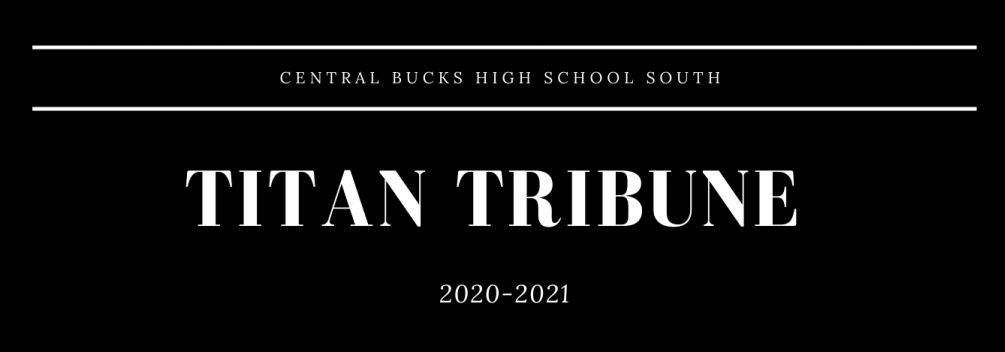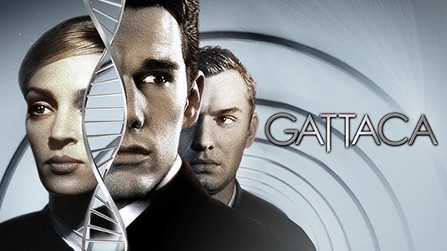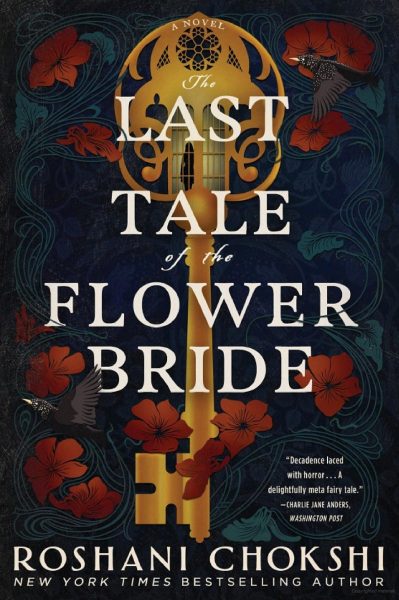Super Mario RPG Review: 25 Anniversary Edition

Of all the birthdays celebrated last year, one of the most forgotten is the 25th anniversary of the game
Super Mario RPG. Released on March 9th , 1996, for the Super Nintendo Entertainment system (SNES), Mario RPG was made in a transitional phase for not just Nintendo, but for all video games. The gaming industry was shifting to the unknown frontier of 3D games and Mario RPG showed that experimental mix between 2D and 3D graphics.
Super Mario RPG, now boasting the same age as many millennials, was developed by Nintendo and Square. The original intent of creating Mario RPG was to create a role-playing game with Mario. However, Nintendo and Square also decided on an isometric perspective for Mario RPG. This view provides a unique experience for the player.
Personally, I find the different perspective makes usual simple platforming somewhat annoying and visually confusing. Aside from the visual aspect of Mario RPG, the plot and character interactions are what I find to be one of best parts of the game.
The saga begins with the generic scene of Mario attempting to save Princess Peach from Bowser’s evil grasp, but quickly transforms into a completely different adventure and goal for Mario. With the introduction of new villains and the feature of a party member system, each main character that you meet along the way brings with them their own special personality and advancements to the plot of the game. Although the plot can feel a little random at times, that is to be expected with an unprecedented plot for a Mario game at the time.
However, arguably the most important part of Mario RPG is the combat. In the beginning of the game, the player is introduced to the basics of the battle system. As the game progresses, the combat slowly requires more of the player
with harder enemies that might require more strategy from the player. The point of combat is to gain experience points, which allow the player to level up and gain better ways to attack and better overall stats. There are four main aspects to the combat, attacking, item use, special moves, and defense/escape.
To attack, the player has to attack a certain timing to do the highest possible damage. With the timing varying between the many different moves in the game, it can be a little challenging to master the timings for each move. However, as the player advances in the game, a general feel of when to preform the proper timing is gradually learned, making the annoyance of timing slowly fade as the game progresses and as the player improves.
The next element of battle are the items. Basically, the player has the option to use items they have stored in their inventory to give them an advantage in the battle. Examples of items include healing HP, healing FP (FP is used for special moves), or using other things to counter an enemy. Items used in battle can be bought at stores found in towns or, found while exploring the world.
The next aspect of battle is special moves, which require flower power (FP). Each special move requires a certain amount of FP which adds some strategy to the timing of when to use certain special moves. Special moves are called special moves for a reason, however, doing significantly more damage than the regular moves used. Special moves require certain timings for each move, but they are mostly easier than the timings of regular moves.
With an almost complete battle skillset, there is one more battle aspect: defense/escaping. These are used infrequently in battle, as the main goal is to defeat the enemy, not to run away or to stall out the battle by defending. To run away, the play must rapidly press the A button and defending reduces the damage taken from an attack.
Overall, Mario RPG is an excellent game, especially for its time. With a near perfect blend of interesting plot, appealing graphics, and satisfying combat, Mario RPG is criminally underrated and overlooked, constantly overshadowed by other fantastic games on the SNES.
Rating: 9.5/10





